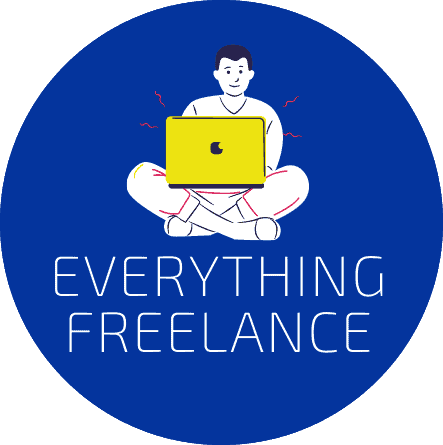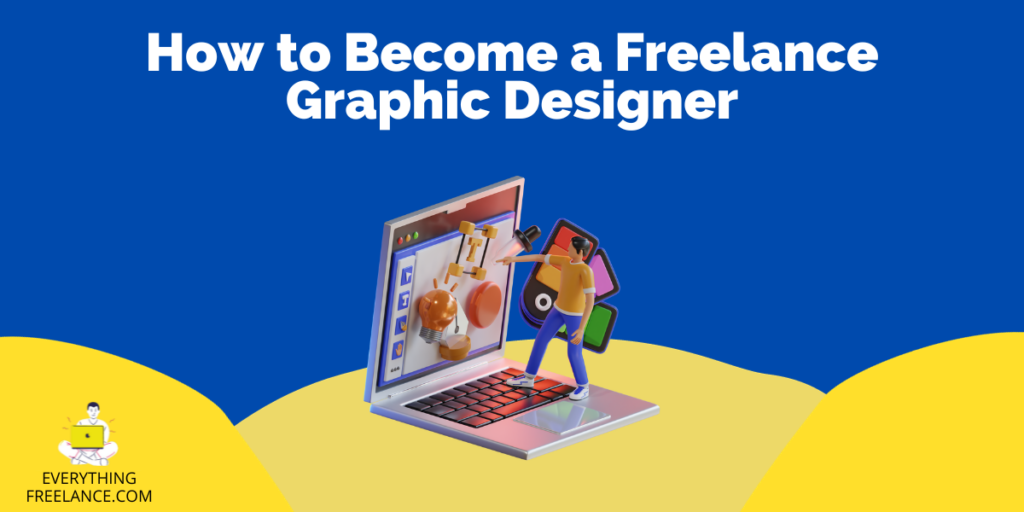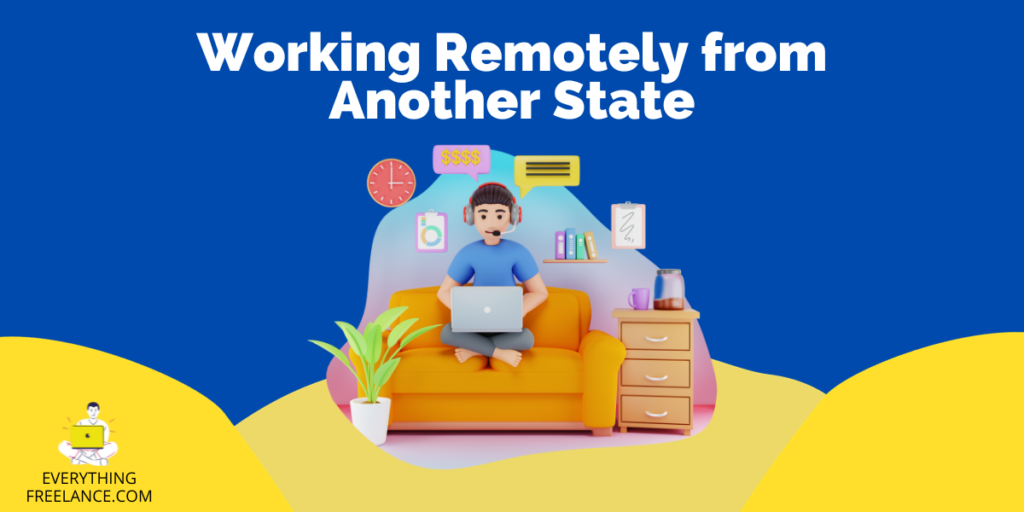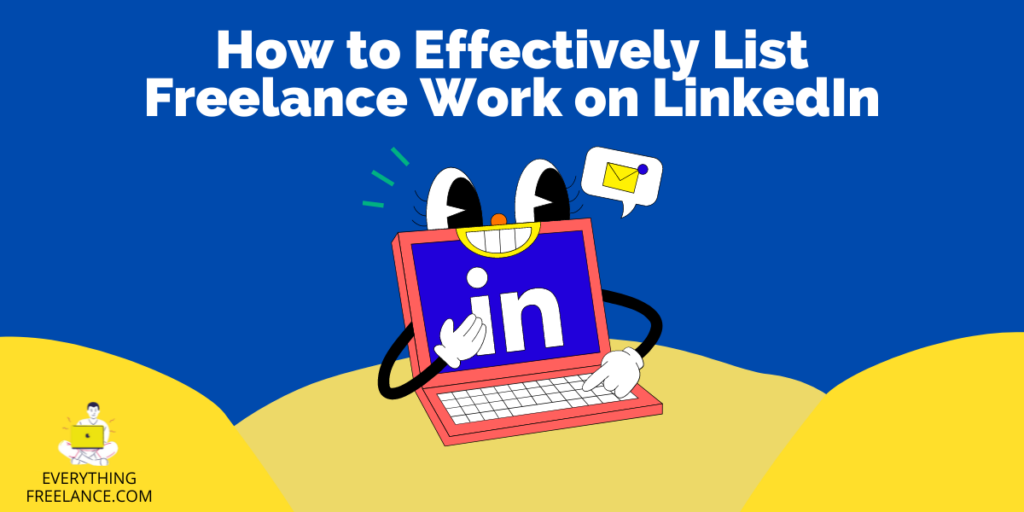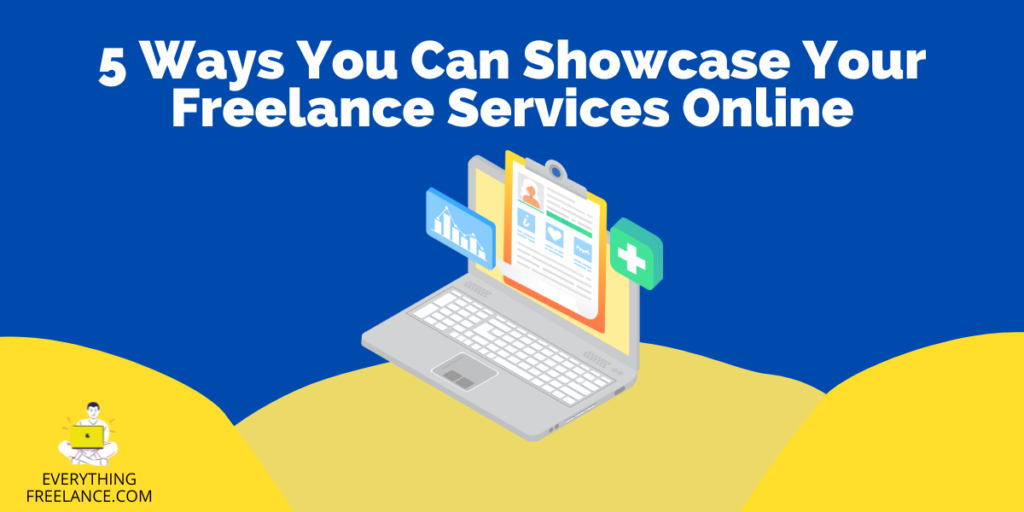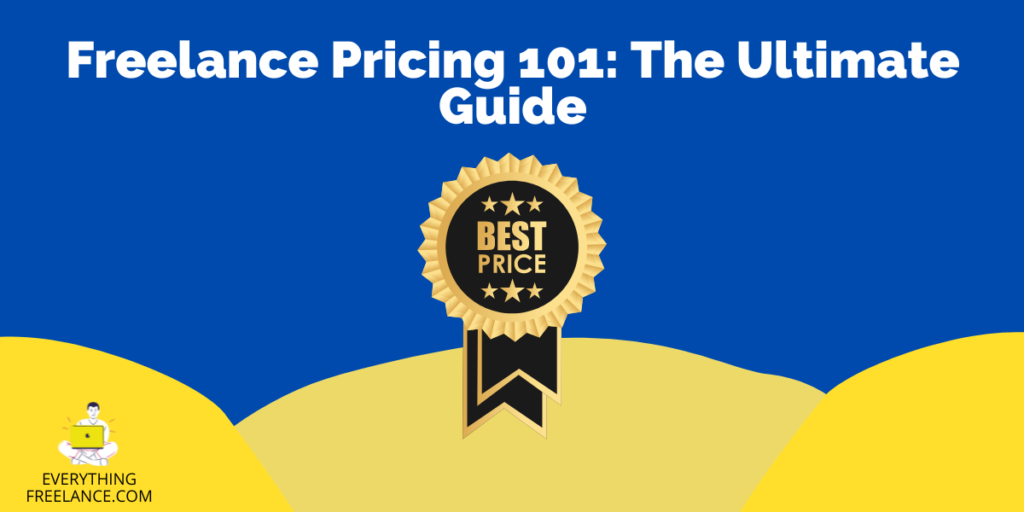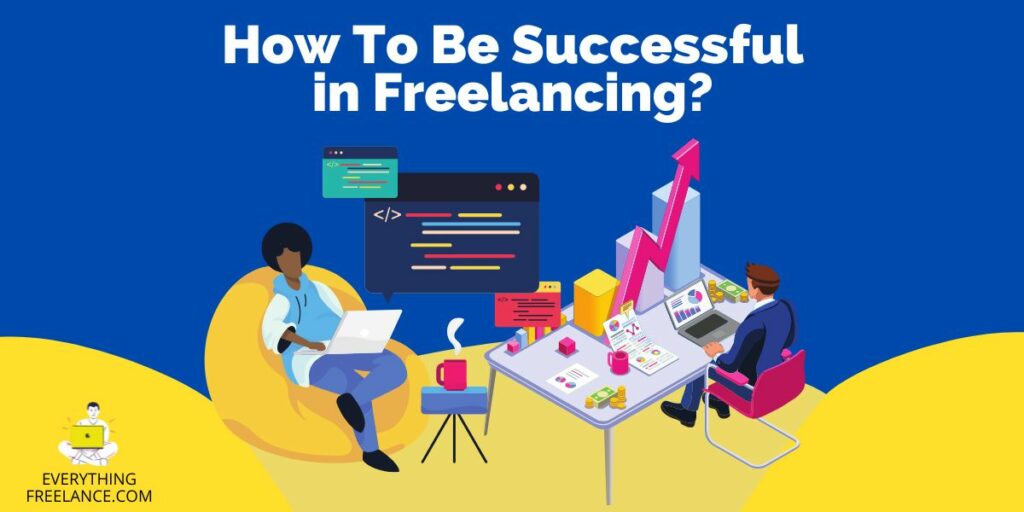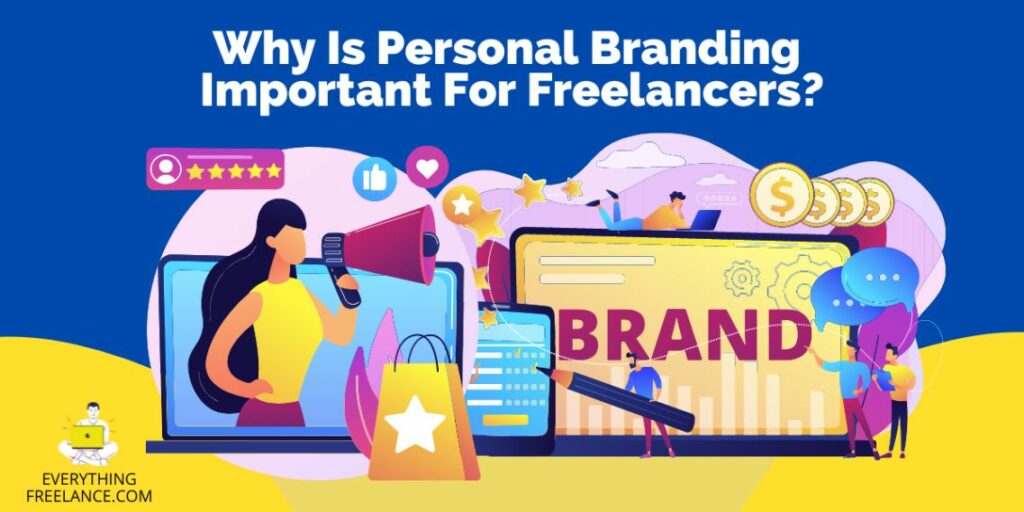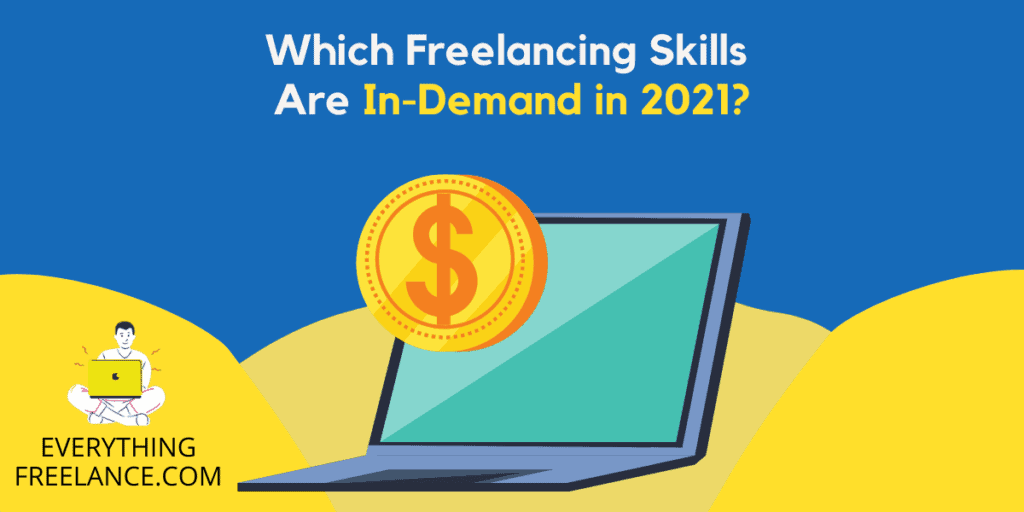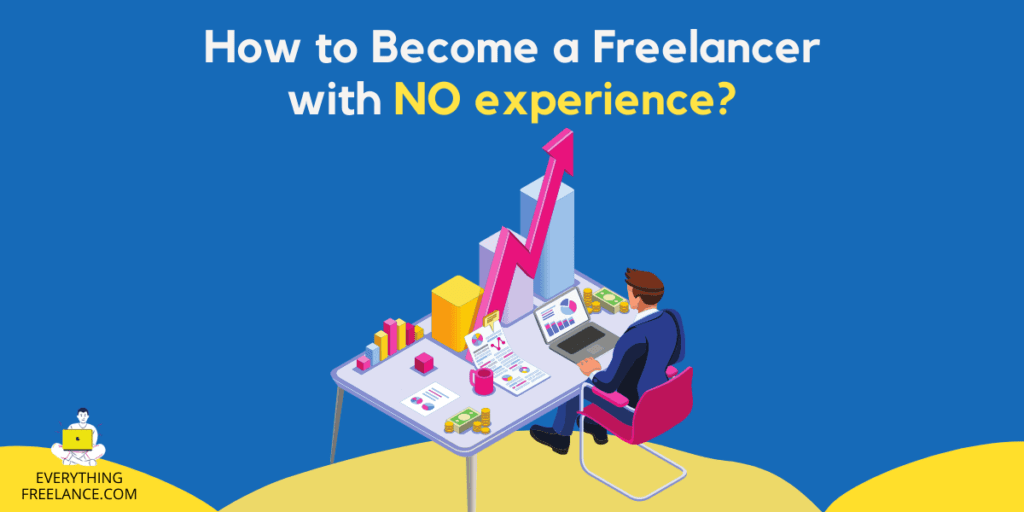The world of freelancing has seen considerable growth in the last decade, with the advent of technology and digital platforms making it easier for professionals to work independently. One of the most sought-after freelance roles today is that of a User Experience (UX) Designer.
Freelance UX designers enjoy the flexibility to work with a variety of clients from different industries, expanding their horizons and diversifying their portfolios with unique and challenging projects. But like any freelance job, it comes with its own set of advantages and disadvantages.
Success in this field requires not just a deep understanding of user behavior and design principles but also excellent communication skills, adaptability, and the ability to manage one’s own time and projects efficiently. This comprehensive guide will delve into everything you need to know about freelance UX design.

What is Freelance UX Design?
Freelance user experience design refers to the practice of offering UX design services on a contract basis. UX designers are responsible for creating efficient and enjoyable user experiences by designing the interface and interactions of a product or service. As a freelancer, a UX designer is self-employed and works on a project-to-project basis for different clients.
Why Choose Freelance UX Design?
The pursuit of flexibility and autonomy is a key motivator for many designers to choose freelance work. UX designers may choose to freelance for a variety of reasons.
- The demand for UX design skills is high, making it a lucrative field.
- Freelancing offers the ability to work on a range of projects across different industries, which can be both challenging and exciting.
- Freelancing in UX design allows designers to work remotely, offering a great deal of flexibility.

Benefits of Freelancing in UX Design
Freelancing in UX design offers a range of benefits that can be appealing to both experienced and aspiring UX designers. Here are some of the key advantages of freelancing in this field:
- Flexibility and Autonomy: It provides the flexibility to set your own work schedule, work from anywhere, and choose the projects you want to work on. This autonomy allows you to create a work-life balance that suits your lifestyle and preferences.
- Diverse Project Opportunities: As a freelance UX designer, you have the opportunity to work on a variety of projects across different industries and for different clients. Working on a variety of projects can help you expand your horizons and deepen your expertise, enriching your portfolio with unique and challenging work.
- Higher Earning Potential: Freelancers who do UX can often charge higher rates than those employed by traditional companies. This can lead to higher overall earnings, especially if you’re able to secure high-paying clients and projects.
- Creative Control: Freelancing gives you more creative control over your work. The same corporate guidelines and restrictions do not bind you as you would be in a traditional job setting.
- Networking Opportunities: Freelancing allows you to network with a wide range of UX design professionals, which can lead to new project opportunities, collaborations, and potential job referrals.
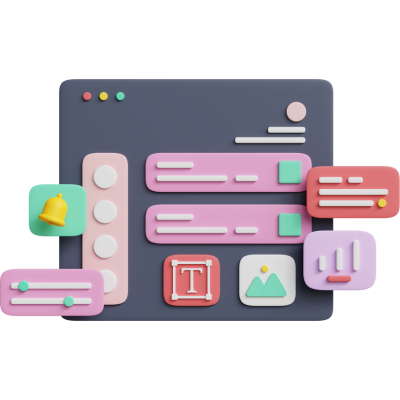
Challenges of Freelancing in UX Design
While freelance UX design offers a myriad of benefits, it also presents several challenges that you should be prepared for in advance. Here are some of the key challenges associated with freelance UX design:
- Finding Clients: One of the primary challenges for freelance UX designers is consistently finding new clients. This requires effective marketing strategies, networking efforts, and the ability to showcase your skills and experience through a strong portfolio.
- Inconsistent Income: Freelancing often comes with an irregular income stream. Project availability and client payment schedules can vary significantly, making it difficult to predict your monthly earnings.
- Self-Motivation and Discipline: Freelancing demands a high level of self-motivation and discipline. The absence of a traditional work environment can make it difficult to maintain focus, manage time efficiently, and adhere to deadlines.
- Balancing Work and Personal Life: To add to the above, establishing a healthy work-life balance can be challenging for freelance UX designers. The flexibility of freelancing can sometimes lead to overworking, making it important to set boundaries and prioritize personal time.
Setting Up Your Freelance Business
Setting up your freelance business involves several steps.
Estimating Project Costs
This involves understanding the project’s scope, and the time required, and determining an appropriate hourly or project-based rate.
Writing Effective Proposals
Your proposal should clearly outline what the project entails, the timelines, and the cost. It should be persuasive, demonstrating your understanding of the client’s needs and how your skills can address them.
Communicating Effectively With Clients
You must be clear, concise, and professional in your interactions, ensuring that your clients are always in the loop about project progress.
Managing Project Timelines and Deliverables
This involves planning your time efficiently and ensuring you deliver quality work on schedule.
Designing for Success
Constantly hone your design skills, stay updated with the latest design trends, and always strive to deliver the best possible user experience.
How Much Do Freelance UX Designers Make Hourly?
Freelance UX designer rates vary widely based on experience, skills, location, and project complexity. Freelancers must factor in business expenses such as health insurance, taxes, and equipment costs, which salaried employees typically do not incur.
This is why their rates might seem high at first glance. Additionally, the scope of the project can also affect the rate. For example, a simple redesign might cost less than a comprehensive UX audit and overhaul. Discussing the project specifics to get an accurate quote is always important.

What Skills Do You Need to Become a Good UX Freelancer?
Becoming a successful UX freelancer requires a combination of technical, design, and soft skills. These include proficiency in design tools such as Sketch, Adobe XD, Adobe Indesign and Canva a solid understanding of UX principles, the ability to conduct user research and usability testing, and skills in wireframing and prototyping. Soft skills like communication, time management, and business acumen are also crucial.
How to Write a UX Research Resume
A UX research resume should highlight your skills, experience, and accomplishments in the field. It must include:
- A brief summary
- A detailed list of your skills
- An overview of your work experience with specific achievements
- A portfolio showcasing your work
Final Words
Freelance UX design presents a compelling path for those seeking flexibility, diversity, and autonomy in their work. While it’s not without its challenges, it can be a fulfilling career choice with the right skills, meticulous planning, and unwavering dedication. As the demand for UX design continues to surge, the freelance market provides a thriving platform for skilled designers to flourish.
